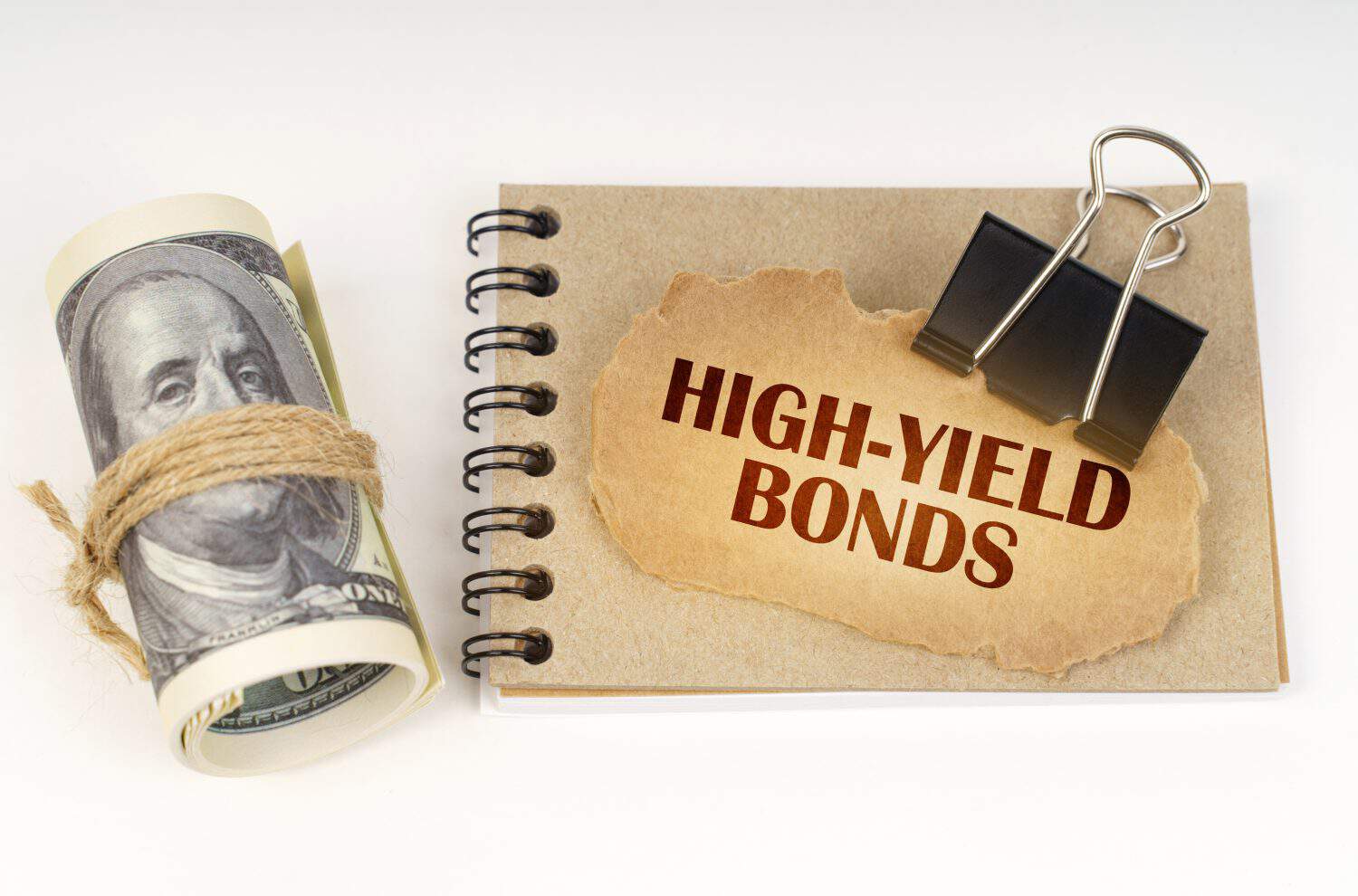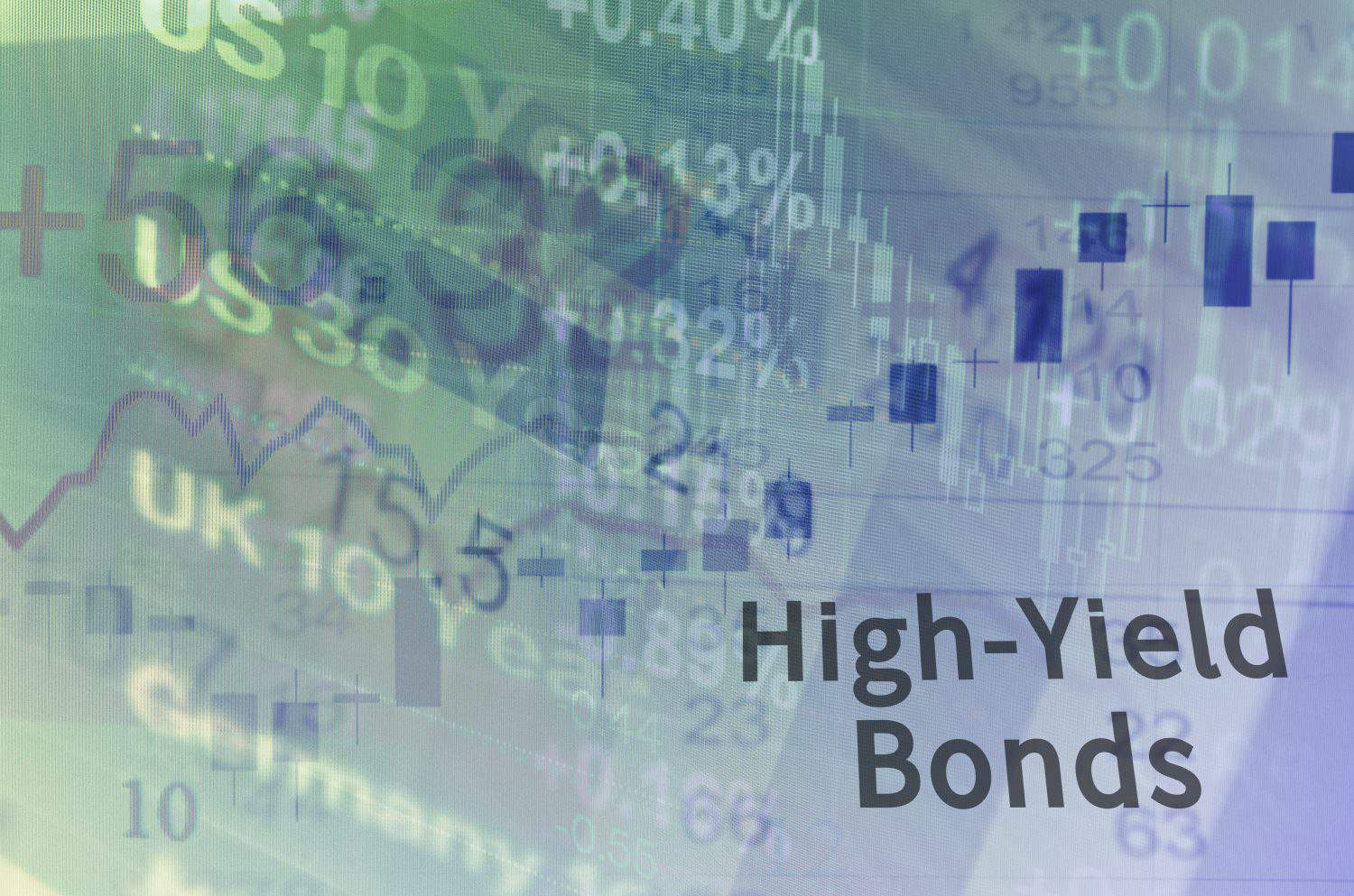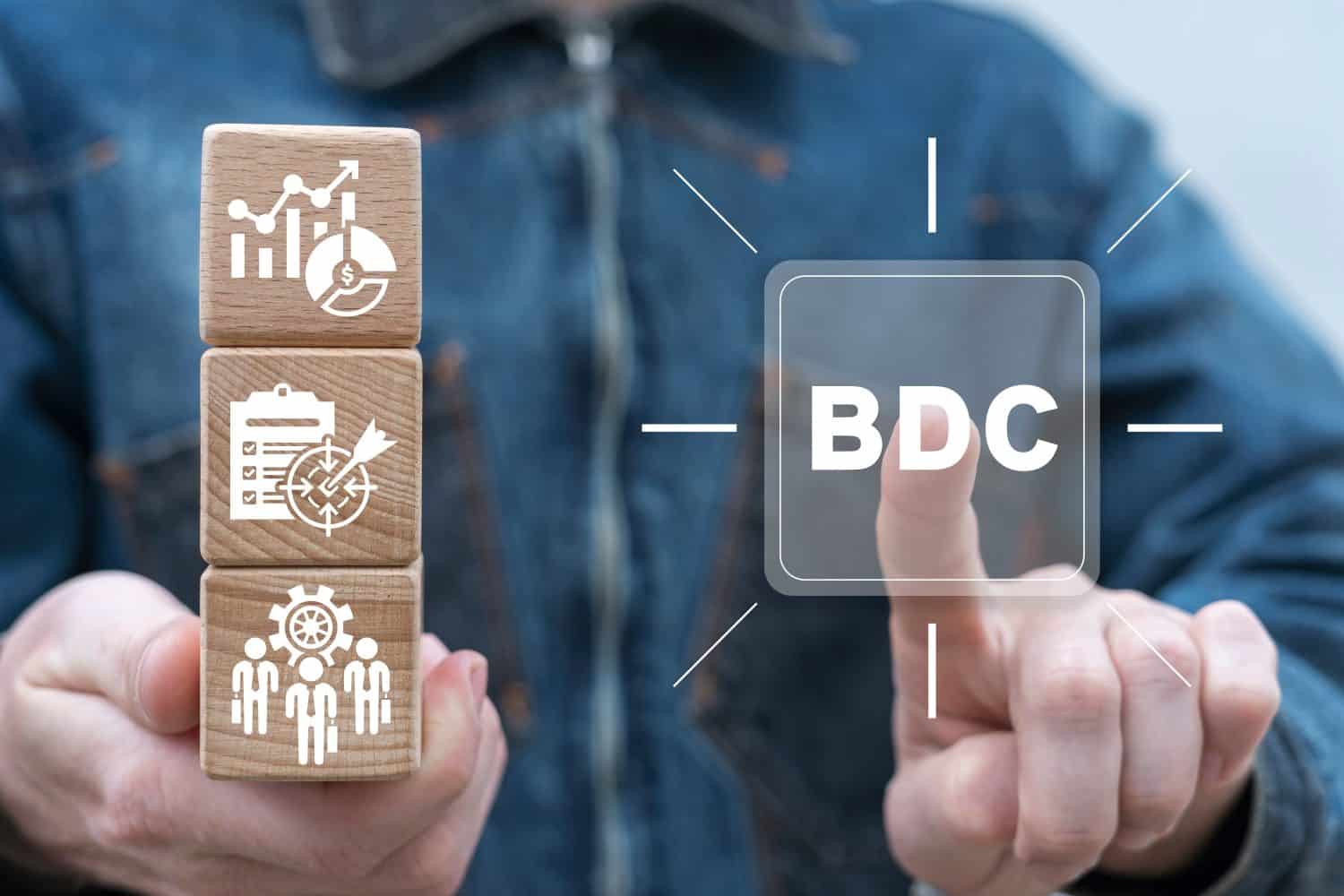
Are you a yield hound?
It’s becoming more challenging to find quality investments with high yields. In the past year, 5-year U.S. Treasury note yield has dropped by one percentage point to 3.85%. At the same time, even the average S&P 500 dividend yield has fallen from 1.64% in October 2023 to 1.26% as of Oct. 15.
With further interest rate cuts expected from the Federal Reserve over the next 6-12 months, the pickings will get even slimmer. As a result, let someone else do the work for you.
High-yield ETFs can be an excellent way to increase your portfolio’s income without sacrificing quality. You just need to know where to look.
While bond ETFs don’t get nearly the respect they should, that hasn’t stopped ETF providers from launching new bond funds. According to Reuters, bond ETF launches are up 50% in 2024 from 2023. That’s the effect of interest rate cuts.
If you are looking for three high-yield ETFs to buy now, here are three to consider.
Key Points About This Article:
- High-yield bond ETFs can be an important part of your income generation.
- Covered call ETFs are for income, not capital appreciation.
- BDCs are structured to provide higher yields than other income-oriented funds.
- Sit back and let dividends do the heavy lifting for a simple, steady path to serious wealth creation over time. Grab a free copy of “2 Legendary High-Yield Dividend Stocks” now.
SPDR Bloomberg High Yield Bond ETF (JNK)

SPDR Bloomberg High Yield Bond ETF (NYSEARCA:JNK) is a popular high-yield ETF with nearly $8.4 billion in net assets. It currently yields 6.49%.
Don’t be put off by the ETF’s symbol. The bond fund has been around since November 2007. It tracks the performance of the Bloomberg High Yield Very Liquid Index, a collection of U.S. dollar-denominated high-yield corporate bonds with above-average liquidity. The bonds are not investment grade, hence the symbol JNK, which refers to “junk bonds.”
The bonds are fixed-rate, taxable corporate bonds with maturities between one year and 15 years. According to S&P Global Ratings, they are rated BB+ or below. They must have at least $500 million in outstanding face value to be considered for inclusion.
As Barron’s recently pointed out, junk bonds average a yield of 7.2%, double the broader U.S. bond market, making them an excellent complement to a core investment-grade bond portfolio.
The ETF has 1,205 holdings with an average coupon of 6.54% and a 4.96-year average maturity.
Since its inception, JNK has had an annual return of 4.96%. It’s a more cost-efficient way to invest in high-yield bonds.
Global X NASDAQ 100 Covered Call ETF (QYLD)
Global X NASDAQ 100 Covered Call ETF (NASDAQ:QYLD) tracks the performance of the Cboe Nasdaq-100 BuyWrite V2 Index.
The “covered call” strategy involves the fund buying the Nasdaq 100 stocks and then selling calls on those stocks to generate additional income. It currently yields 11.35%.
Launched in December 2013, QYLD has paid a monthly distribution to investors ever since. It’s an excellent fund if you’ve thought about writing covered calls on Nasdaq 100 stocks but don’t have the time or inclination to do it yourself. It charges a reasonable management fee of 0.61% or $61 per $10,000 invested.
Its performance since inception is nearly 8%, which sounds horrible when compared to the Invesco QQQ ETF’s (NASDAQ:QQQ) annualized 10-year total return of almost 19.14%, but owning QYLD is intended to generate income for investors, not capital appreciation.
The biggest knock against covered call ETFs like QYLD is that you’re giving up the upside potential of the Nasdaq 100 to ensure that you receive a monthly distribution. At the same time, you retain some downside risk, which makes them less appropriate for risk-averse, income-focused investors.
Between 2014 and 2023, QYLD’s annual total return was negative on two occasions—2022 (-19.09%) and 2018 (-3.05%)—suggesting that the actual and perceived risks are quite different.
VanEck BDC Income ETF (BIZD)

VanEck BDC Income ETF (NYSEARCA:BIZD) must be doing something right. Since its inception in February 2013, it has accumulated nearly $1.2 billion in net assets.
BIZD tracks the performance of the MVIS US Business Development Companies Index, a collection of publicly traded business development companies (BDCs). It yields a healthy 11.19%.
What makes BDCs attractive to investors is that they must pay out at least 90% of their taxable income to retain their status as a “flow through” regulated investment company, or RIC, where the income passes through to the investor in a similar fashion to a REIT (real estate investment trust) or MLP (master limited partnership).
Now, because the BDCs are lending to middle-market privately-owned businesses, the interest rates paid by these corporate borrowers are higher than if they were S&P 500 companies.
The investors ‘ yield is considerably higher because income flows through the BDCs. BIZD is the largest BDC ETF with 26 holdings. Ares Capital (NASDAQ:ARCC) has a $25 billion loan portfolio. It invests in loans and equity in 239 companies.
Be warned: the total expense ratio is 13.33%. That’s because it includes fees paid to the BDC portfolio managers like any other fund. VanEck’s actual management fee is just 0.40%.
100 Million Americans Are Missing This Crucial Retirement Tool
The thought of burdening your family with a financial disaster is most Americans’ nightmare. However, recent studies show that over 100 million Americans still don’t have proper life insurance in the event they pass away.
Life insurance can bring peace of mind – ensuring your loved ones are safeguarded against unforeseen expenses and debts. With premiums often lower than expected and a variety of plans tailored to different life stages and health conditions, securing a policy is more accessible than ever.
A quick, no-obligation quote can provide valuable insight into what’s available and what might best suit your family’s needs. Life insurance is a simple step you can take today to help secure peace of mind for your loved ones tomorrow.
Click here to learn how to get a quote in just a few minutes.
Thank you for reading! Have some feedback for us?
Contact the 24/7 Wall St. editorial team.





